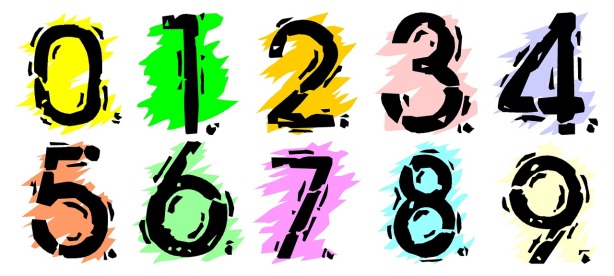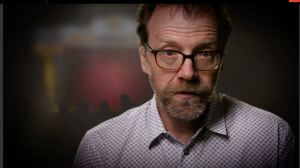
Image by StartupStockPhotos from Pixabay
So I’ve been thinking about doing student assignments again. I wrote about it a little while ago too.
This time I did the in-class writing for our summer reading book. The prompt is a little different than last year. The book is the same, but because I changed one of the essential questions for the course (it’s so much better now), changing the prompt a bit made sense as well.
This is writing done in a single class period; students will have the topic in advance; they can come in with notes. We will spend an additional class period organizing thoughts and getting feedback on the initial idea. It’s not a surprise. However, I was wondering whether it really was too much to tackle in this one short assignment. My addition to the topic certainly makes it more interesting, but it also requires more thought.
I sat down to write the paper myself. I spent about a class period’s worth of time. Here’s what I discovered:
- It’s a challenging topic and requires that students think not just about the book but about their personal experience with the book and how that experience is influenced by or connected to other reading experiences.
- It’s also a reasonable topic that gives students room to move.
- Although using evidence from the text will be important, referencing episodes or chapters may be more useful than actual direct quotations.
- It made me clarify my own ideas more and get to more of a conclusion, even in the limited scope of this project.
- It also made me push my personal connections to the text in a way that ended up being surprising. I found connections to my other reading habits that I hadn’t thought about before.
- I also realized that I did not organize my writing in the way that I said might be a good idea. A student had asked about a potential paragraphing strategy that I agreed would be an option, but I didn’t end up using that format.
So the next day I went to class. I put some process notes and guiding questions on the board for people to be working through with their planning. Then, I told the class that I had written the paper yesterday. I shared what I learned and how I ended up tackling the topic, always stressing that my plan was only one plan. I didn’t read them my paper, although I did share the gist of it and some personal connections I made. The class was pretty surprised. And in thinking about it later, it wasn’t just surprise, it was respect and feeling respected.
I am reminded how much students appreciate me being a learner alongside them. I’m happy to share the fact that I am wrestling with the topic not only because it’s good work to do but also because I want to ensure that it’s work that is worth their time. They get that I might (or might not for some) read a lot more books than they do and that I get to set the syllabus, but they also appreciate and respond well to us being in it together. I can say we are a community of learners and are working on our collective understanding all I want. I can even write it down and pass it out. But if I’m not making my work visible, then my lovely ideas about community are just ideas.







